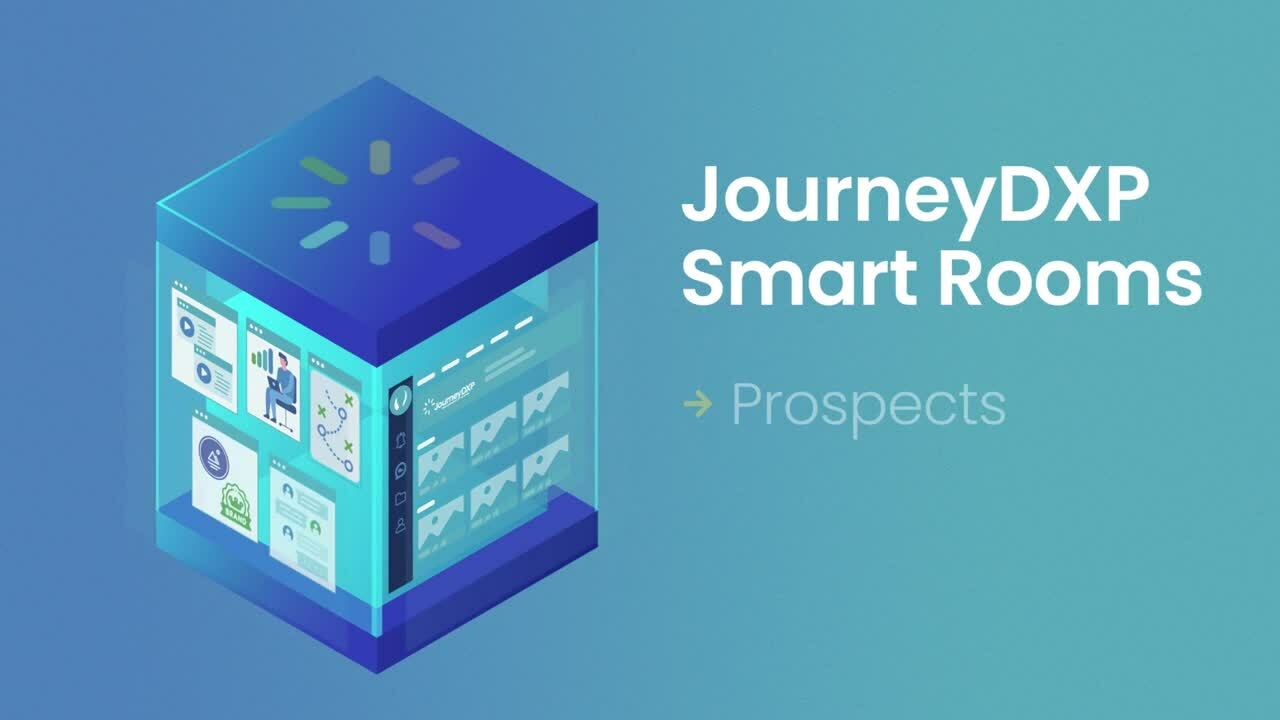Virtual selling is here to stay. In fact, 92% of customers prefer virtual interactions and 79% of sellers view virtual selling as effective. The benefits are significant and include:
- Personalized and differentiated customer experience
- Customers’ ability to work independently and with sales
- Faster and effective communication with customers
- Ability to interact with more prospects and customers
- Insight into customer activity
The biggest problem salespeople face today isn’t one on the inside; it’s on the outside. The buyer is in control. And what positions virtual sales as an effective solution to this particular challenge is its ability to make it easier for the customer by building personalized customer experiences. Customers crave a B2C-like experience in their B2B lives. B2B is more complex and must incorporate the many digital touchpoints to improve the way teams engage and communicate with prospects, customers, and partners.
Focus on the Customer
The typical B2B sales process is lengthy, complex, and involves many people. Early on, customers will work independent of sales as they begin to self-educate and shepherd their own team of internal stakeholders as they evaluate various alternative solutions. When the customer is ready, they will engage and listen to the sales pitch, gather details on products and services, compare vendors and proposals, attempt to accurately share this information with colleagues, navigate office politics, and finally reach a consensus before sealing the deal. Because it’s so difficult for buyers to complete their own buyer’s journey, many deals simply stall and salespeople are left guessing what happened. And the endless calls, LinkedIn outreaches, and emails tossed over the fence, creates a negative experience at a time when salespeople are trying to engage the prospect.

To achieve continued success with virtual selling, you must view sales engagements from the perspective of the buyer. Improving the customer experience creates an easier buying process for prospects and customers which then increases the likelihood of a successful win. Recent research has found that 9 out of 10 businesses already compete primarily on customer experience. And with 86% of buyers willing to spend more to see a better customer experience, more companies must put effort into improving this critical aspect of the modern B2B sales cycle in order to stand out in crowded markets.
A virtual selling strategy makes all of this possible by creating a personalized space for prospects to asynchronously self-educate without interruption, making it simple to democratize information for all involved stakeholders, and allowing some control over the frequency and method of contact with salespeople. When nearly two thousand business professionals were surveyed on their top priority for the next five years, customer experience beat both product and pricing. Leveraging virtual sales means your team is dedicated to delivering a great CX and achieve their revenue goals.
Use the Right Tools & Tactics
Companies that successful implemented a virtual sales process started with a simple approach and over time, added additional virtual selling capabilities such as automation and AI. Virtual sales shouldn’t be considered the latest digital transformation fad and just another selling tool in an already expanding toolbox. It’s a new way of selling that brings together the human and digital into an immersive customer experience. To build your unique virtual sales process, you’ll need to invest in digital experience technology that can support remote engagement and your existing processes. You may also want to update your process with a virtual sales plan that maps out specific sales rep and customer touchpoints along with best practices depending on the sales use case (such as new customer acquisition, cross-selling, and selling with partners).
The best virtual selling solution should offer a few crucial features:
- Space for storing educational content on products and services
- Convenient in-software messaging for prospects and colleagues
- Real-time notifications on prospect activity and inquiries
- Automation for unlocking content, scheduling reminders, etc.
- Analytics on customer engagement and user behavior
- Integrations for everyday business systems and tools
Explore the Function of Smart Rooms
Offering these impressive capabilities is a lot to ask of a virtual sales solution, which is why some businesses attempt to construct their own by pouring thousands into homegrown microsites and landing pages. As with any new, rapidly expanding market, there aren’t many technology options to choose from. But these makeshift designs are often ill-equipped—lacking features for collaboration and communication—or too complex for in-house teams to easily manage. The emergence of the digital smart room for virtual selling presents a more reliable and capable alternative.
A Smart Room is a digital, all-in-one space where businesses and their customers align through branded hubs that facilitate self-directed purchasing experiences and highly optimized engagement for account-based selling. These hubs can be populated with files, videos, and other forms of content for a prospect to peruse on their own time and include messaging tools that allow leads to talk among themselves as they form a purchase decision. They give sales teams the opportunity to personalize content and configure a secure online area that is suited to the buyer’s journey and use automation to let salespeople send updates or welcome messages, unlock relevant content at specific times, and receive notifications when leads people content or open messages to anticipate their needs and engage them only when they’re ready.
Smart Rooms illuminate the sales pipeline through data and tangible insights, eliminating the guesswork around when, why, and how a salesperson should contact a prospect, all while building a rich dataset on customer engagement that can make sales success more predictable for teams and business leaders.
As more B2B companies embrace a high-touch, customer-centric sales model and realize the possibilities of leveraging a virtual selling strategy, Smart Rooms are seeing increased adoption from teams of all sizes—not only for selling but for marketing, onboarding, upselling, cross-selling, managing, and other applications that can benefit from digital collaboration.
Explore the use of digital Smart Rooms as you embark on your mission to master virtual selling. Contact us to get to know the Smart Rooms software by Journey Sales.
POPULAR
Launching a Dynamic Digital-First Customer Experience
Growth will always be a top priority for B2B companies. If not, customers will inevitably outgrow your offering, and your company will become obsolete.
RELATED
4 B2B Business Development Strategies Rooted In Thoughtfulness
Business development (and business development reps, also known as BDRs) get a bad rap. They’re traditionally viewed as the cold callers; the folks who chip away at a mountain of email addresses and phone numbers...




